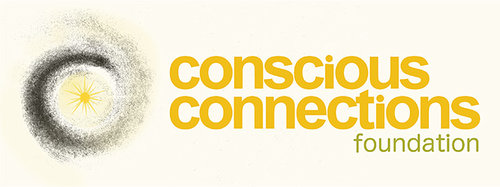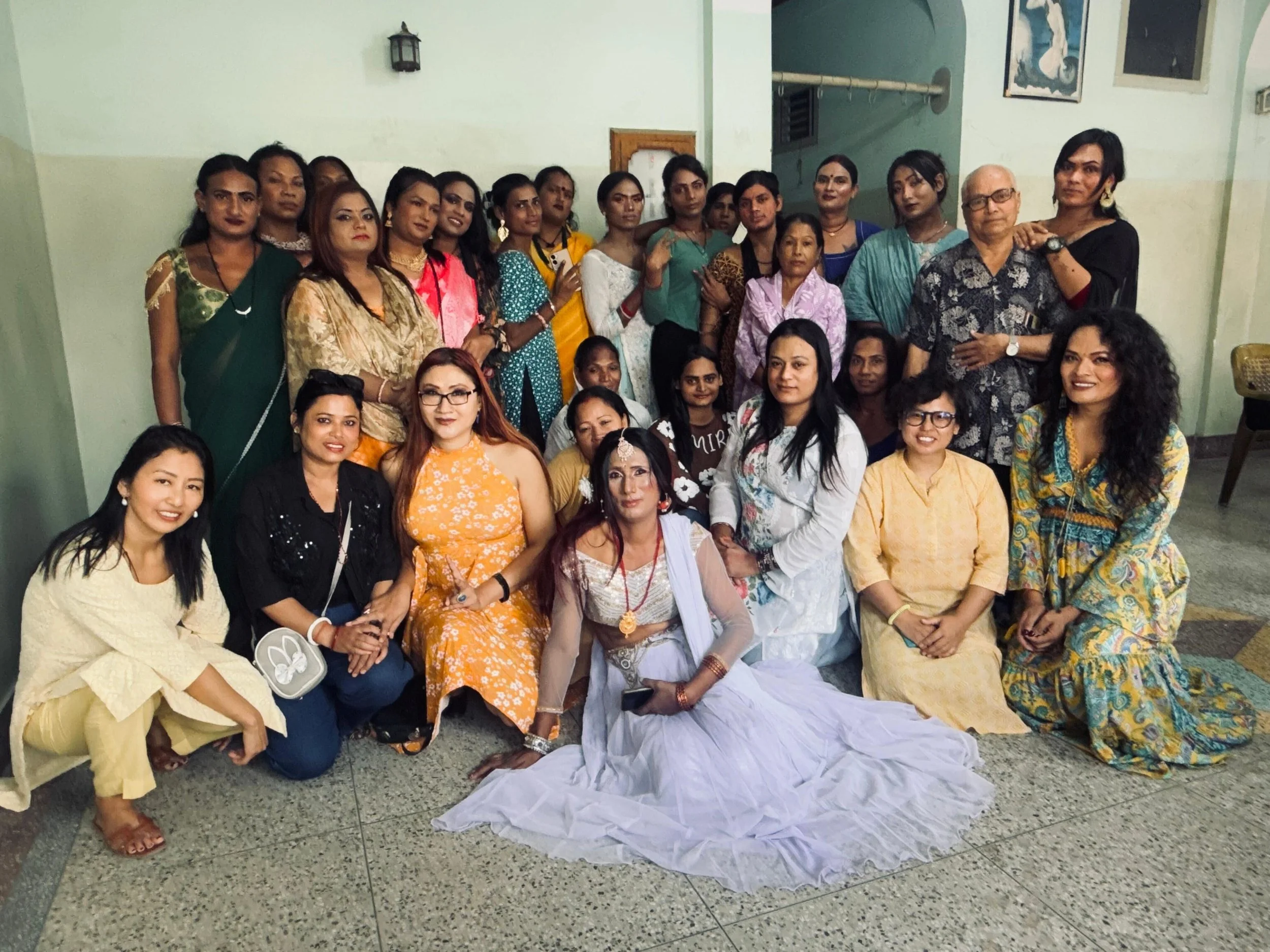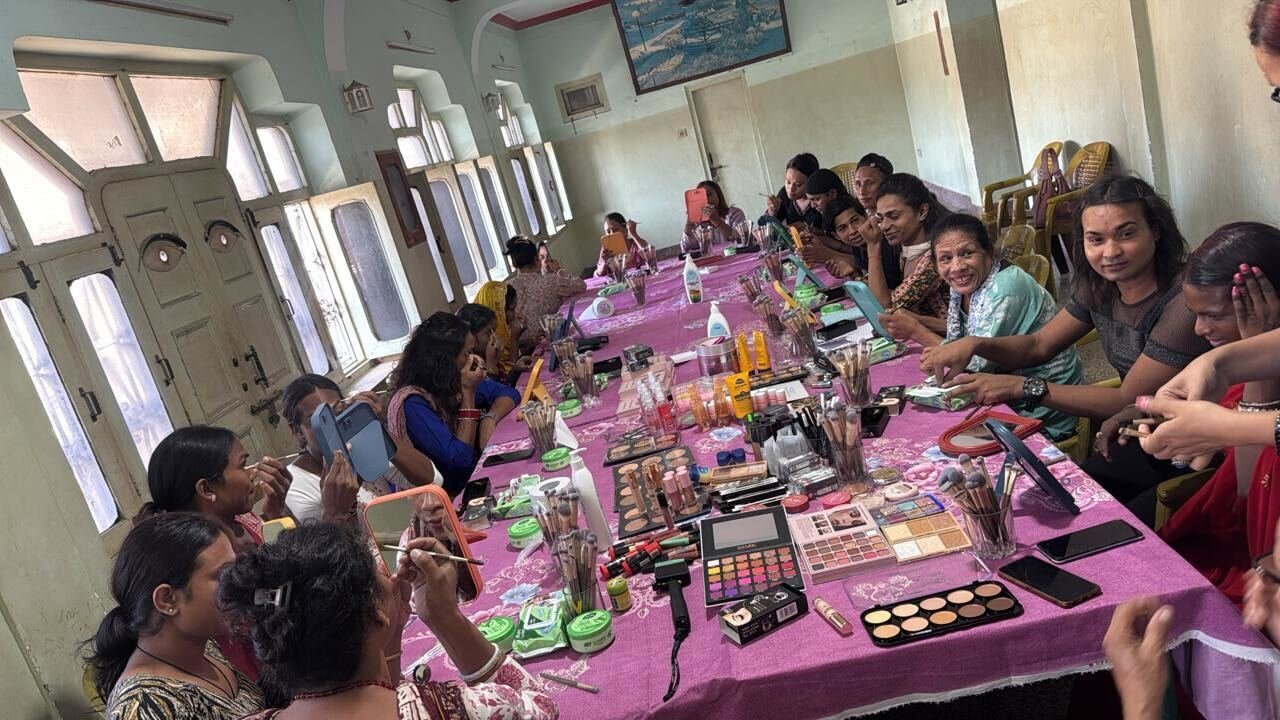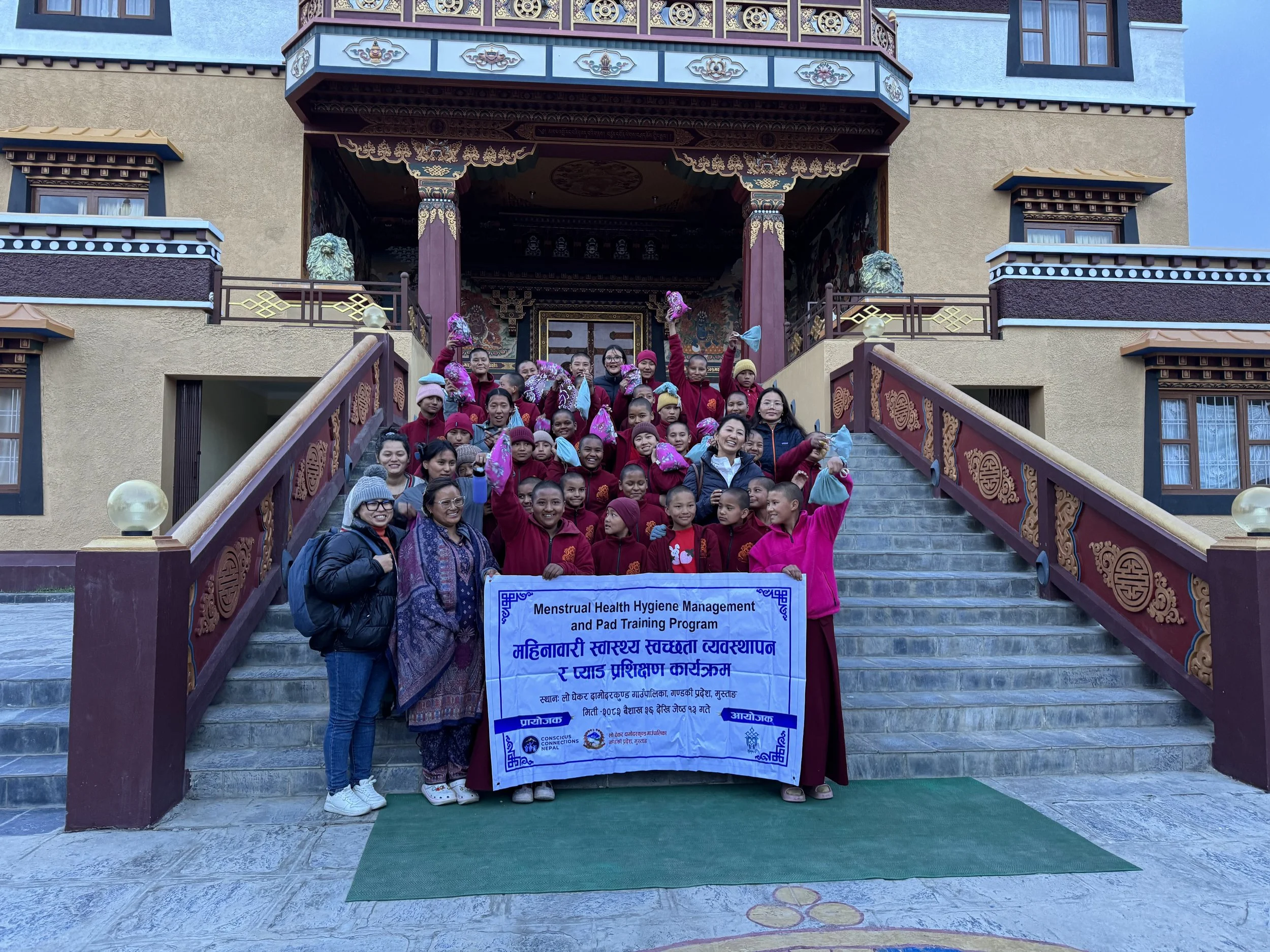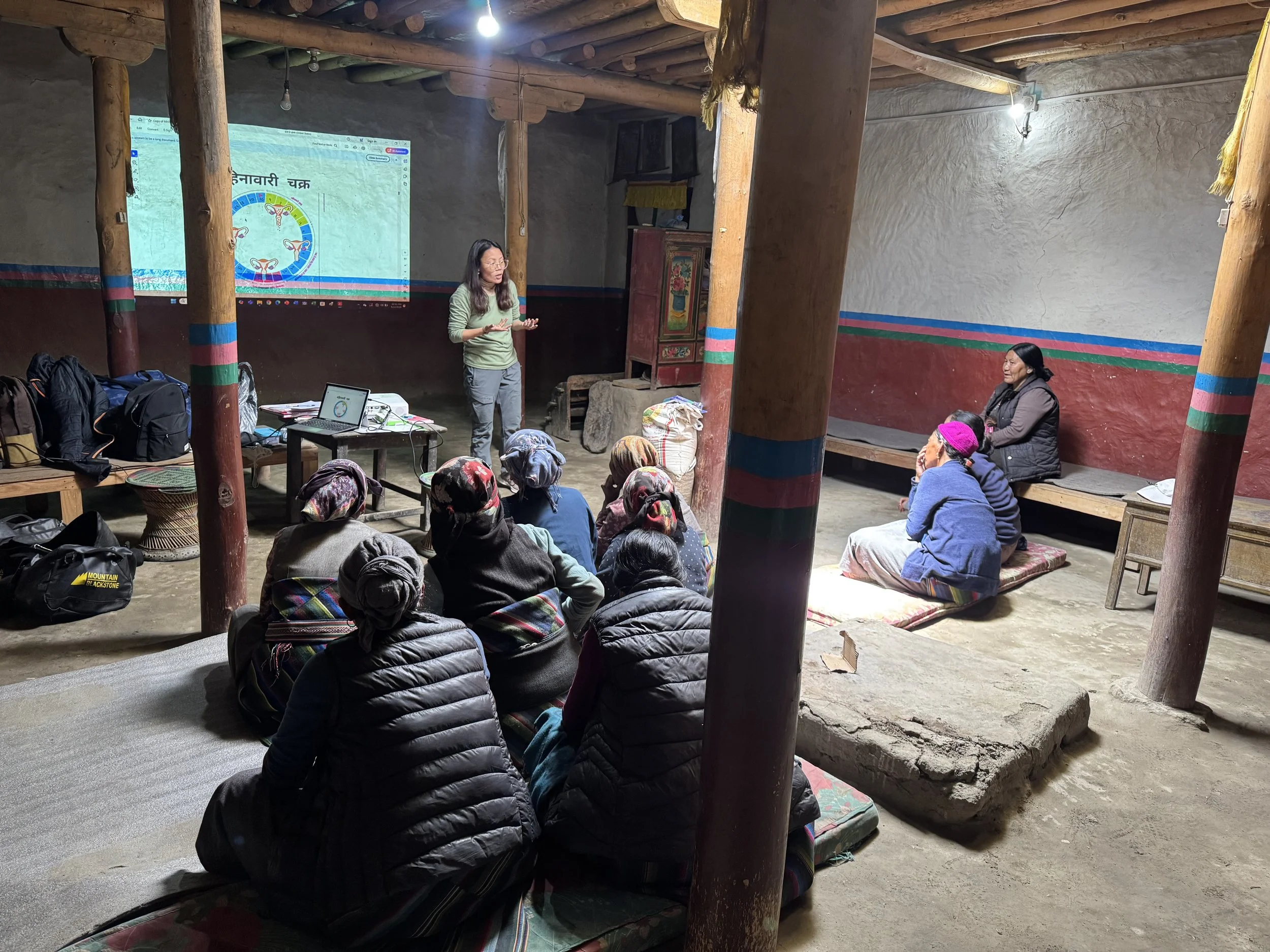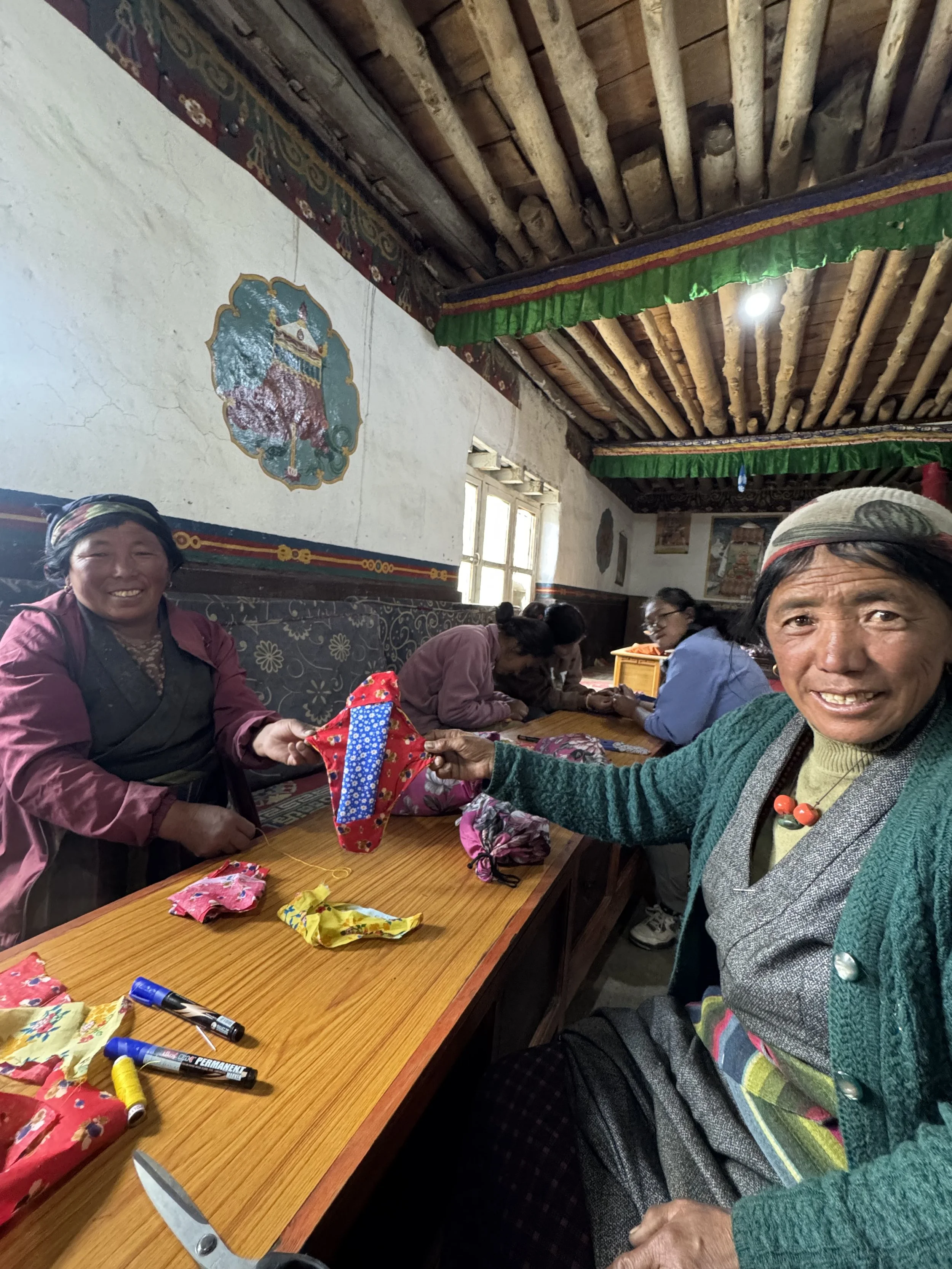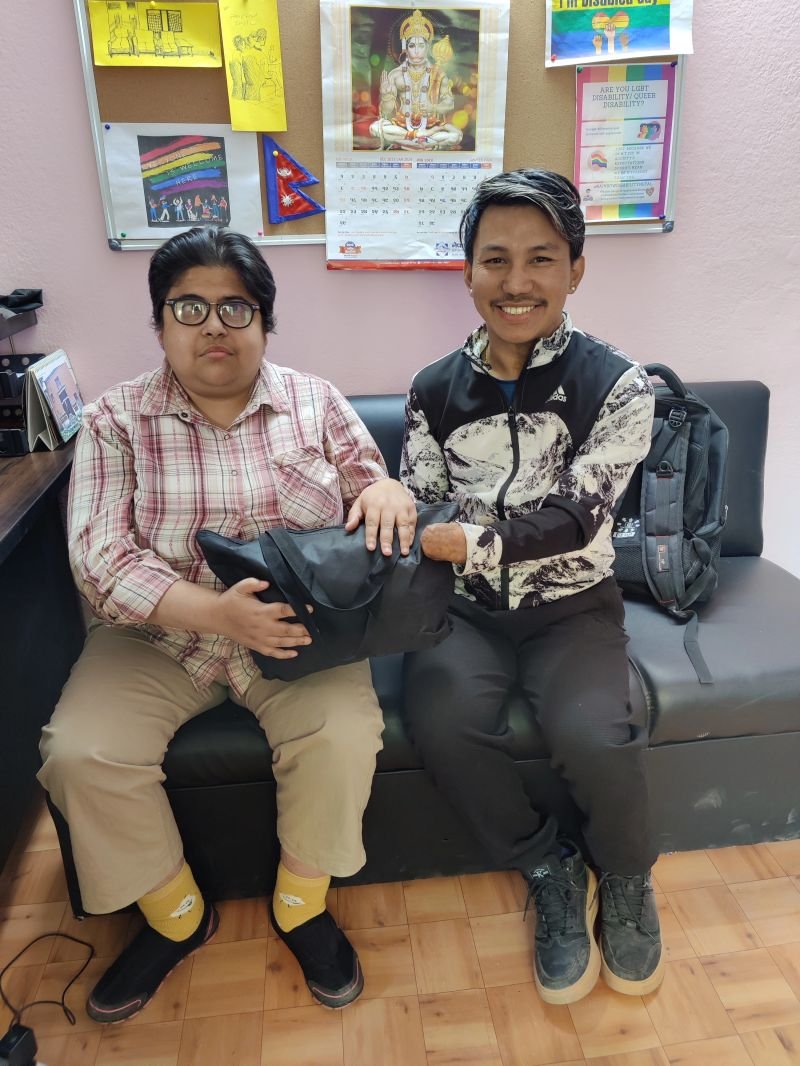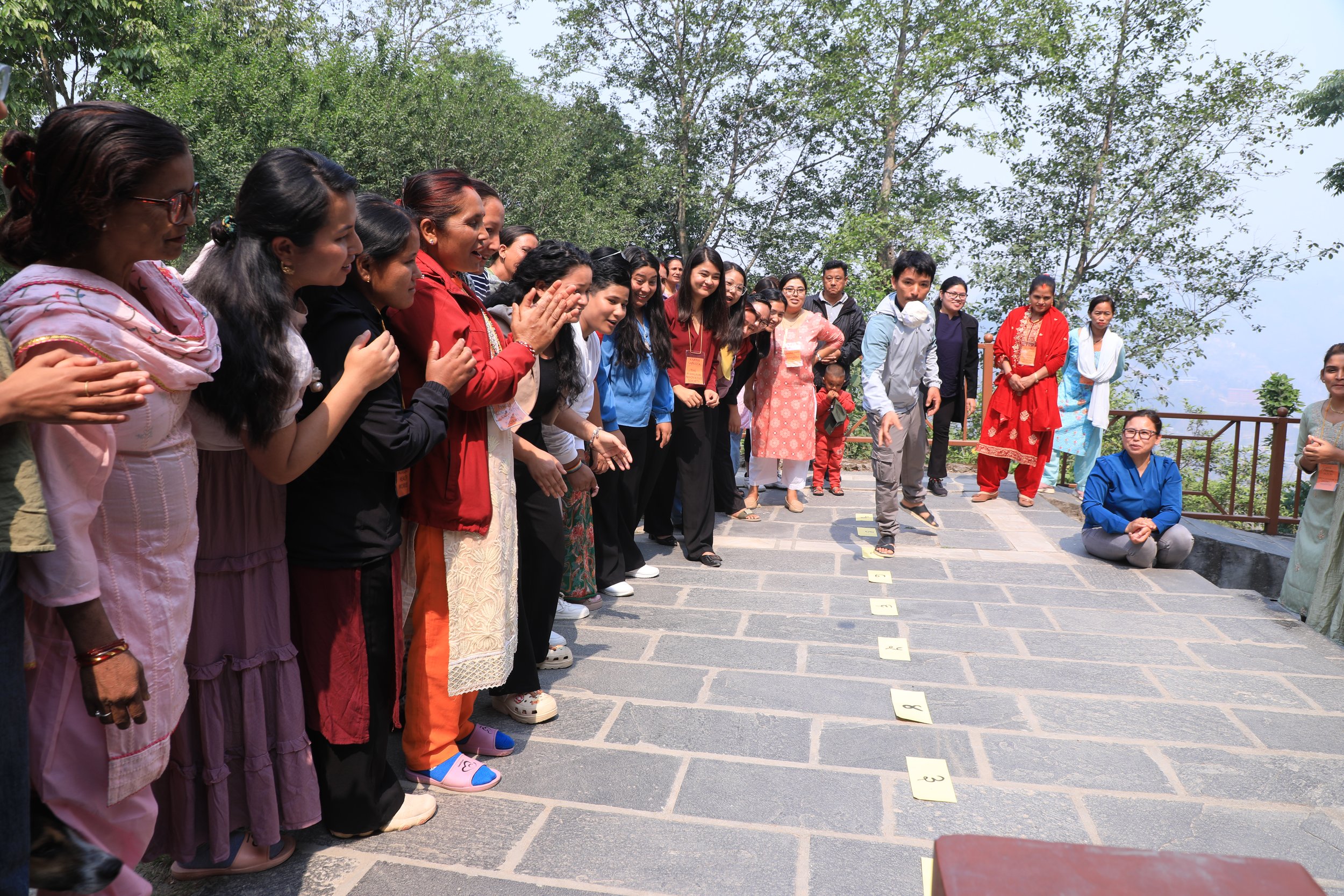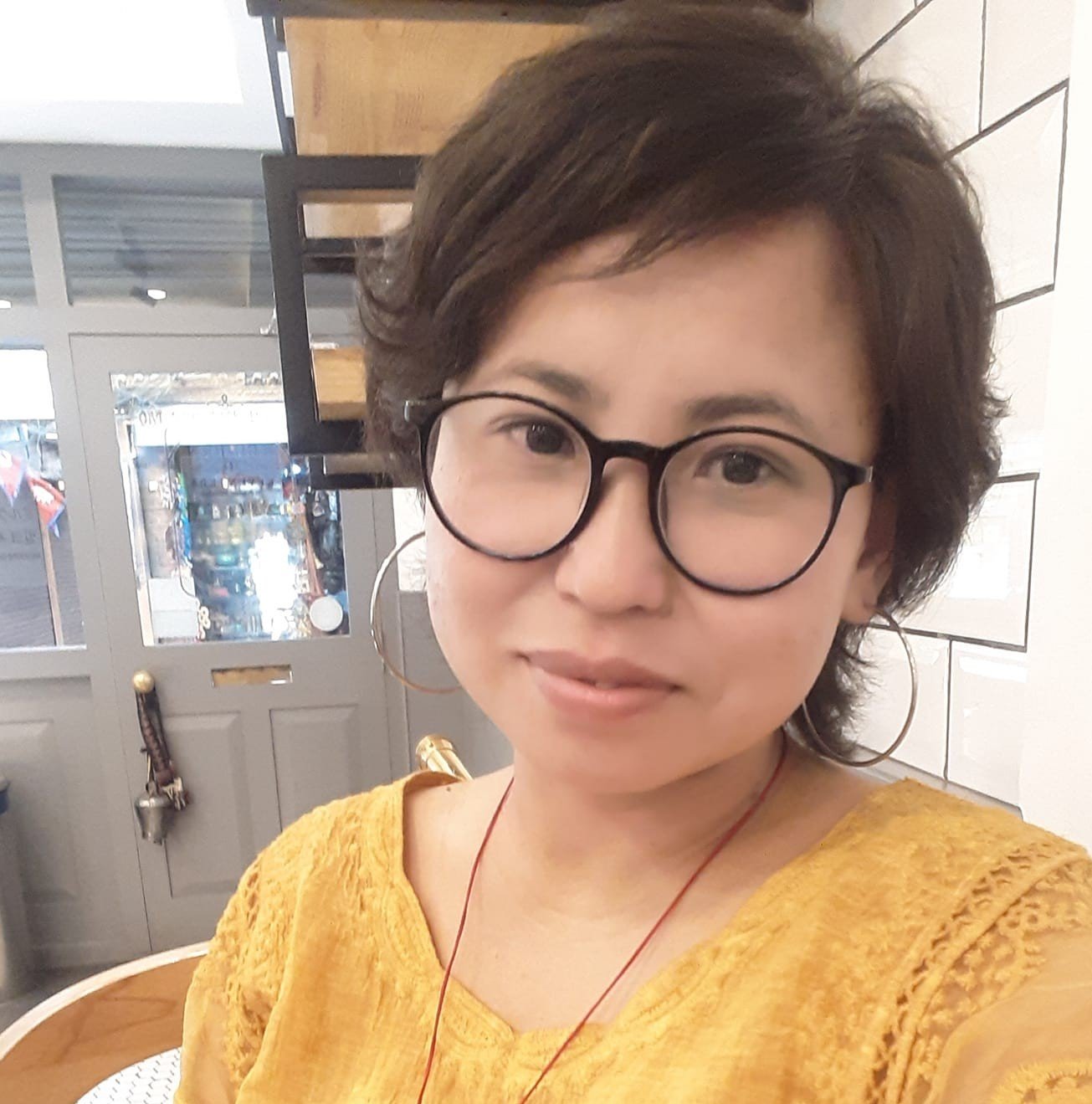Written by Kesang Yudron, Founder and Director of Conscious Connections Nepal
From October 10 to November 2, 2025, Conscious Connections Nepal (CCN), with support from the Conscious Connections Foundation (CCF) and in partnership with Giving Face, organized a transformative makeup training in Kalaiya Municipality, Bara District. Designed for transgender women and LGBTQI+ individuals—including those living with HIV and other STDs—the program offered far more than technical skills by creating a critical space for dignity, confidence, and community.
Bara District, located in Madhesh Province, continues to face deep-rooted gender inequality, poverty, and social stigma towards LGBTQI+ individuals. In this context, transgender and sexual minority individuals face multiple barriers, including discrimination and limited access to education, employment, and healthcare.
This training aimed to empower participants through vocational skills that promote both economic independence and social dignity.
Training participants and CCN staff. Photo Credit: Rohan Thapa, photographer
Building Confidence through Skills Training
The 10-day training program brought together 40 participants, providing them with practical knowledge of makeup artistry, client interaction, and hygiene. Led by a professional trainer, the sessions emphasized confidence-building, self-expression, and teamwork. Beyond technical learning, the training created a safe and inclusive environment where participants could openly express themselves and gain a sense of belonging.
Highlights include:
40 transgender and LGBTQI+ participants successfully completed the training.
Inclusive participation of HIV-positive individuals and members of marginalized communities.
Ethical photo documentation conducted with informed consent.
Makeup products distributed among participants and the Blue Diamond Society for continued use and skill practice.
Five personal blogs generated from participant interviews for awareness and advocacy.
Practicing makeup techniques. Photo Credit: Rohan Thapa, photographer
Stories of Strength and Self-Reflection
During the course of the training, CCN conducted personal interviews with selected participants to understand their lived experiences and aspirations. From these interviews, five blogs were developed to document and share stories of resilience, discrimination, and hope to raise awareness and visibility.
Photo Credit: Rohan Thapa, photographer
Interviews revealed that most participants had faced economic vulnerability, family rejection, and social exclusion. Many engaged in informal or unsafe work, such as dancing or sex work, to survive. Through the training, participants discovered not just a new skill but also a renewed sense of self-worth, creativity, and hope. Several participants shared deeply moving stories of survival, discrimination, and courage highlighting the urgent need for safe spaces and sustainable livelihood opportunitiesfor transgender individuals in Nepal’s rural and semi-urban areas.
The participants also expressed strong hopes for the future, including:
To gain income-generating jobs in beauty sector or start small beauty businesses.
To be accepted and respected by society as professionals.
To move away from sex work and unsafe labor toward stable and dignified employment.
To earn enough income to support their families and live independently.
Hopes, Dreams, and the Road Ahead
Photo Credit: Rohan Thapa, photographer
The Makeup Training in Kalaiya was not just a skill-building event, it was a transformative experience for many individuals. It enhanced confidence, promoted inclusion, and inspired participants to envision better futures. For both the team and the participants, it opened a new space to express individuality and reclaim dignity. The training became a powerful medium to enhance the inner beauty, confidence, and self-worth of participants, while also giving them a tangible skill to earn a living and support their families.
Listening to their stories was deeply emotional; many came from environments marked by poverty, stigma, and neglect. Yet, amidst these challenges, we witnessed immense resilience and potential. We have encouraged every participant to carry forward what they learned to turn makeup into not just a profession, but a path toward independence and self-respect. Ultimately, their future depends on their trust, dedication, and hard work, and we believe that with the right support, they can rise beyond the boundaries imposed by society and build the lives they dream of.
Sharing Their Stories
Over the course of the next few weeks, we will be sharing five personal stories of several participants - narratives of resilience, identity, discrimination, courage, and hope. These stories highlight both the challenges transgender individuals face in Nepal and the remarkable strength they carry forward.
Training participants share a message. Credit: Rohan Thapa, photographer
Thank you for your continued support of our work in Nepal.
